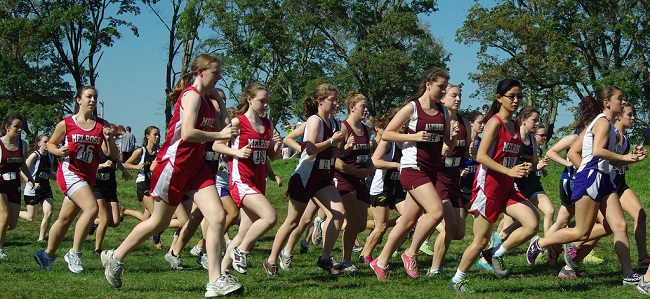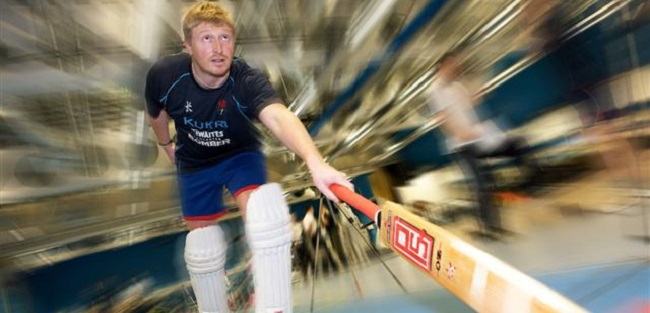In January 2017, the UK government outlined its latest plan to tackle childhood obesity. The initiative places importance on children getting active and having more time and quality facilities to participate in sport, with the money from the sugar drinks levy invested into children’s participation in sports. Sport plays a vital role in so many aspects of our formative years, not the least their chances of being fit and healthy.
The benefits of physical exercise on academic learning have long been documented, yet three years after Public Health England issued a report detailing the positive link between pupil health and wellbeing and academic attainment, young people’s participation rate in physical exercise is still falling.
As one of the most formidable forces in the world of rugby, the New Zealand teams put the fear of god into their opposition with the globally-known Haka. Very rarely do they receive a challenge in kind from a fifty strong squad of junior school children as they did from our children at Norton Junior School (NJS), Doncaster in October 2013.
Independent education charity Sports Leaders UK have just launched I Can Lead, a practical leadership award that has been developed to minimise the administrative burden for teachers while increase leadership learning in secondary schools.
How do teachers in different subjects view PE? Elliot Simmonds of VoicEd has, along with his peers, been conducting research into this very subject.

In light of the fact that this summer has seen a World Cup, Wimbledon, test cricket and a Home Nations Commonwealth games, my colleagues and I have recently completed some research with teachers to understand their opinions around just how important sport is in the classroom. That report will be published soon, but I wanted to give Innovate My School readers a bit of a preview, and to talk around some of the issues we feel it brings up.
Modern edtech advancements are getting lots of use in STEM subjects, as well as the likes of English and the performing arts, but how is PE getting the most out of this technology? Brian Bennett, a teacher turned academic customer solutions engineer at TechSmith, discusses how video tutorials are being used alongside the whistle.

Keeping students engaged during lesson time is one of the greatest and oldest challenges for any educator. To boost student motivation and engagement, teaching methods are having to evolve and move away from traditional approaches within the classroom. One notable development has been the introduction of technology. Most subjects are incorporating digital resources in order to harness young people’s interest in technology. For example, physical education classes are incorporating mobile technology as a means of improving class involvement and enthusiasm.

A community-driven platform for showcasing the latest innovations and voices in schools
Pioneer House
North Road
Ellesmere Port
CH65 1AD
United Kingdom